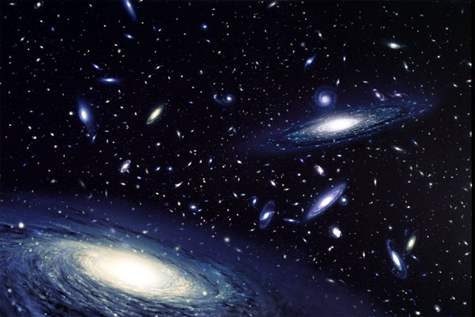
“‘We tried to find all possible explanations for this,’ the report’s author Antonio Ereditato of the Opera collaboration told BBC News on Thursday evening. ‘We wanted to find a mistake – trivial mistakes, more complicated mistakes, or nasty effects – and we didn’t.
When you don’t find anything, then you say “well, now I’m forced to go out and ask the community to scrutinise this”.’“
As broke everywhere last week, CERN appears to find evidence of neutrinos moving faster than light(!) — time travel possible which would, well, basically rewrite the laws of physics and make. (See what I did there? Anyway, kind of a big deal!)
Fermilab is currently trying to reproduce the results, but for now, the scientific community is, shall we say, skeptical. “Extraordinary claims require extraordinary evidence. I think it will be perceived in retrospect as an embarrassment that this claim received so much publicity–the inevitable consequence of posting a preprint on the Web.“
Update: Sorry, aspiring Marty McFlys: As expected, rumors of relativity’s demise have been greatly exaggerated. Here’s the rub: “[T]he distance that the neutrinos had to travel in their reference frame is longer than the distance that the neutrinos had to travel in our reference frame, because in our reference frame, the detector was moving towards the source.” Thus, thte experiment “helps to reinforce relativity rather than question it.”


